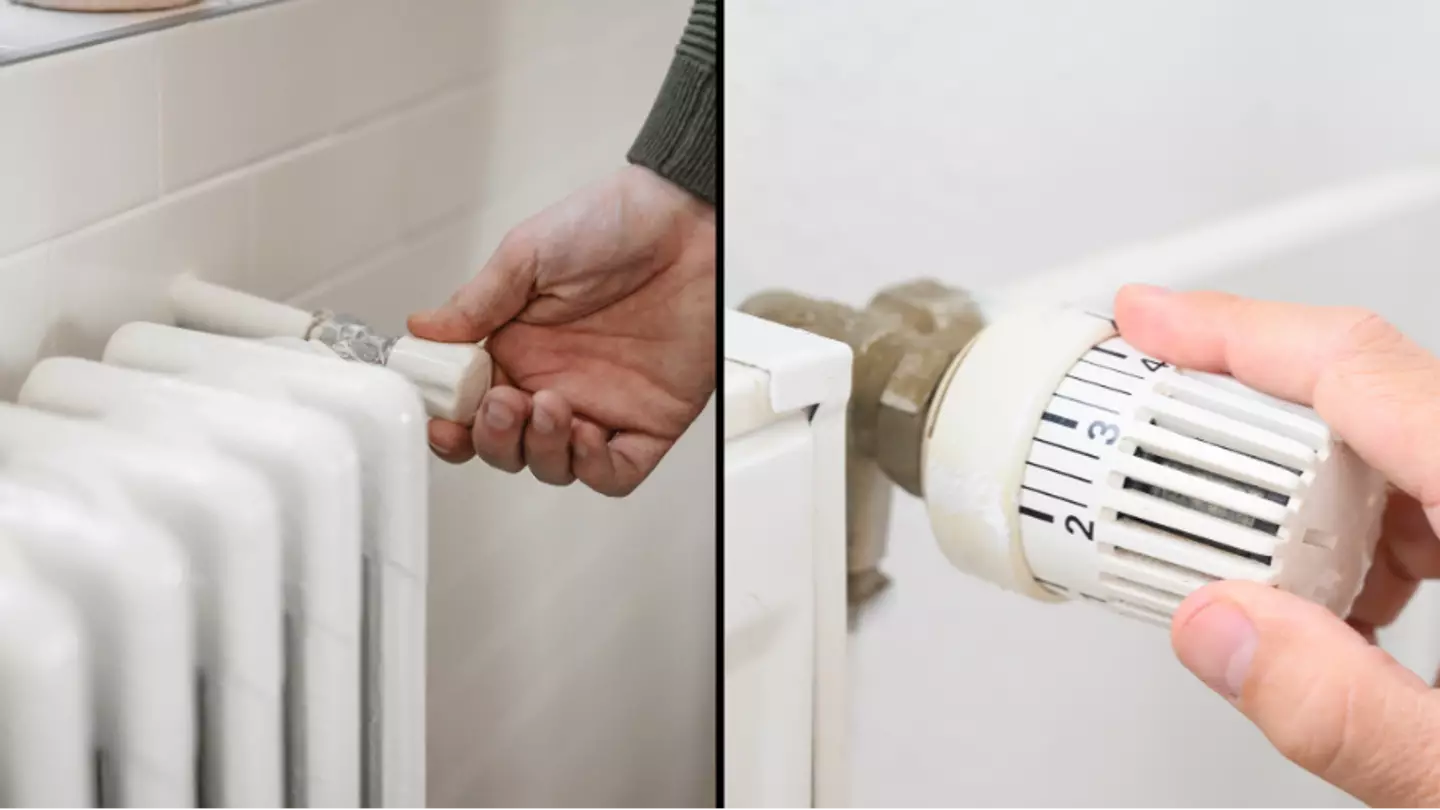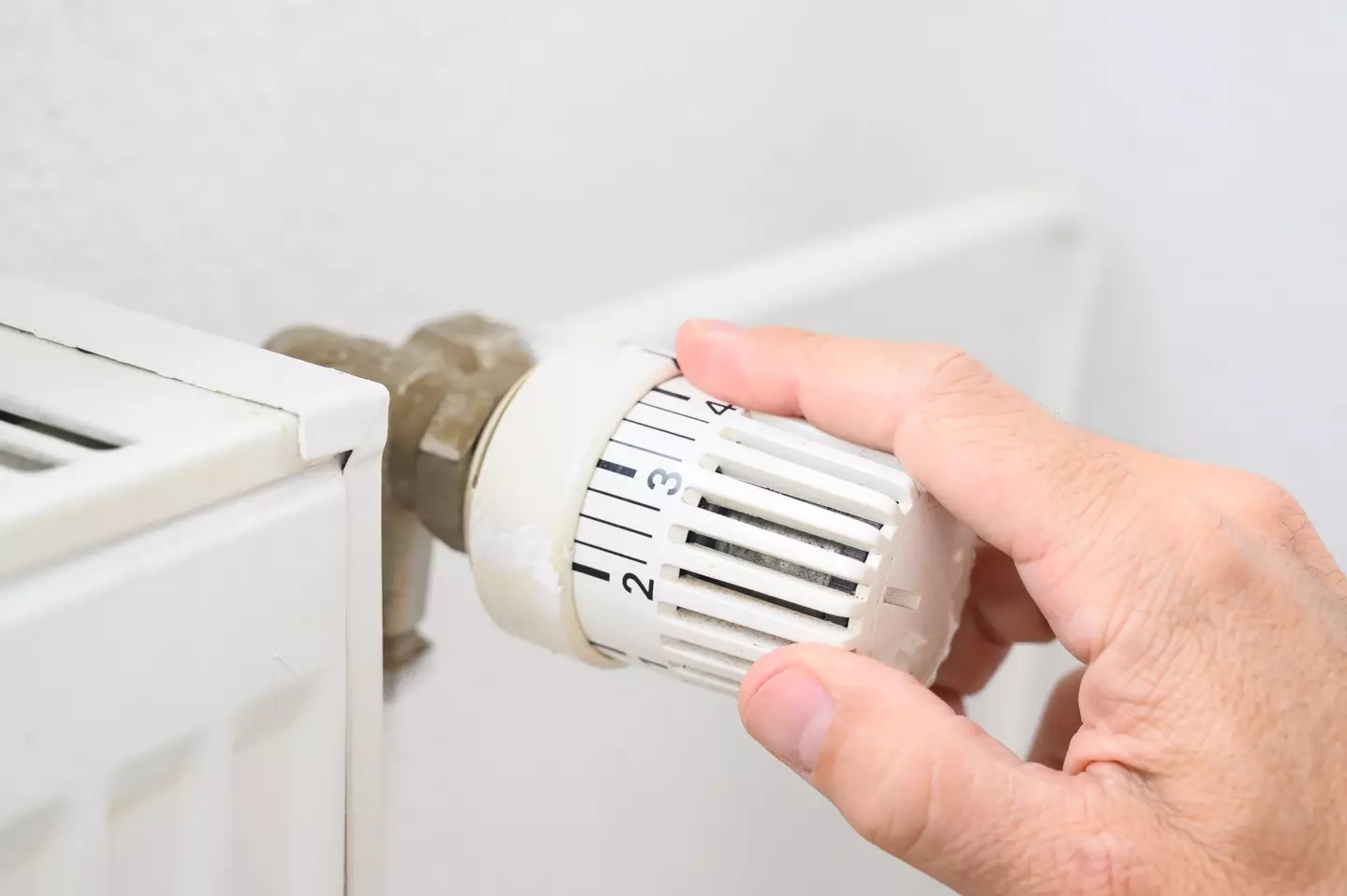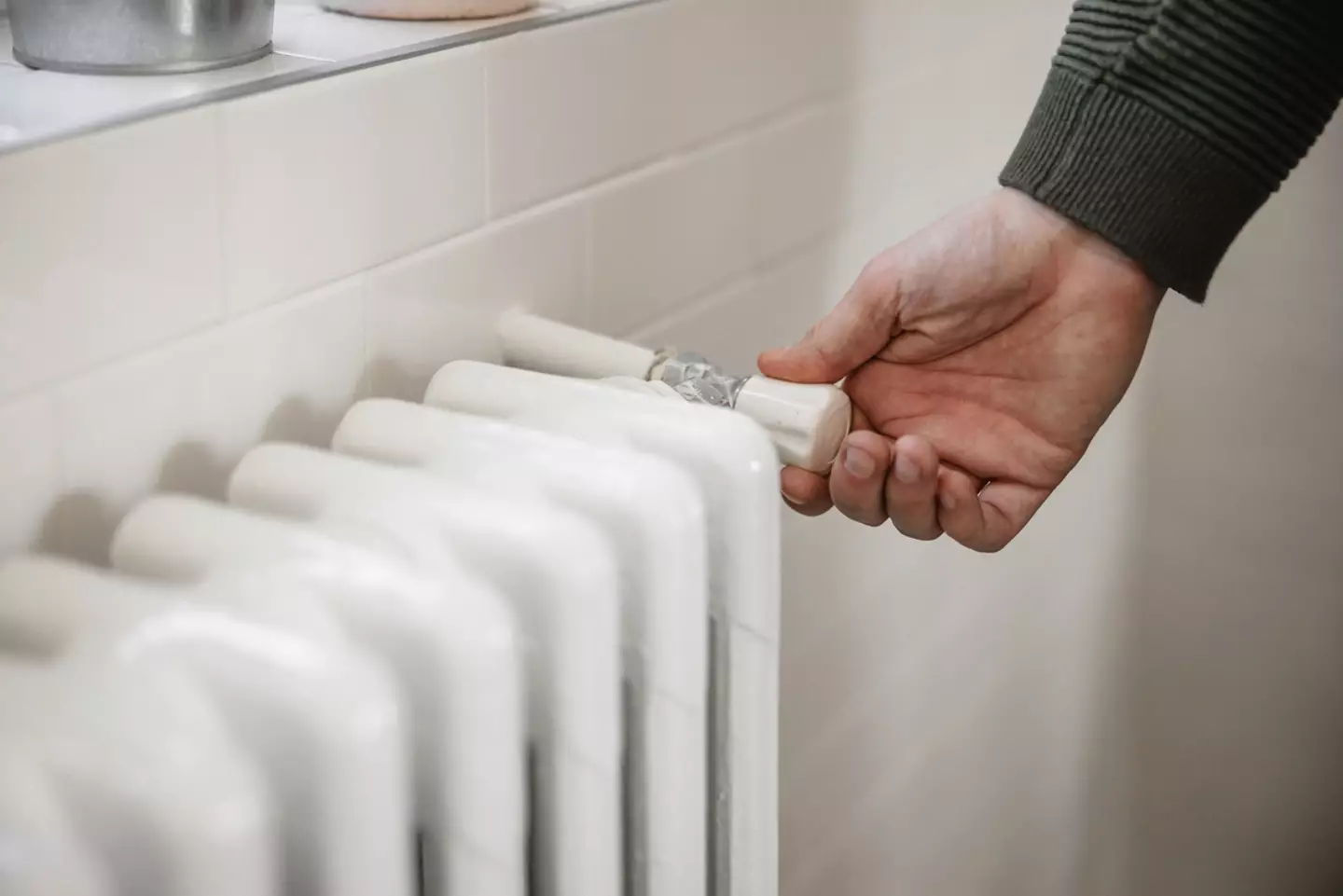
The numbers on your radiator knobs aren't just there for the fun of it, contrary to popular belief.
Loads of Brits are completely unaware of the purpose of the digits, despite the fact they play a very important part in heating your home.
Educating yourself on the numbered dials could pay off in more ways than one - as using them correctly could actually save you some money.
They are known as thermostatic radiator valves (TRVs) and are basically a new and improved version of manual valves.
Advert
People often assume that these knobs dictate the temperature of the radiator.
The higher you crank it up, the hotter the radiator will get, right? Sorry to burst your bubble, but that's wrong.
The explosion of this myth has meant plumbers across the country are constantly plagued by questions about it.
So to relieve some pressure off our beloved pipe fitters, we're going to break it down for you.
It turns out that TRVs actually relate to the temperature in the room, rather than the temperature of the radiator.
Advert
Heating expert, Nicholas Auckland, explained that the fixtures allow you to exercise 'complete control' over each area of your home.

Basically, TRVs detect the temperature of a room and then decides how much hot water needs to flow into the radiator.
If the room is cold, it will allow more hot water to enter the radiator and when a room is warm, it can restrict the amount of hot water gushing in.
Auckland told The Sun: "A functional TRV will quickly detect the temperature of the room, and then automatically adjust the amount of hot water in the radiator accordingly."
Advert
He recommends setting your TRV to two or three during the winter and advised people not to crank it up to five if the room feels cold, because you 'never need the room to be that hot'.
The expert said you should let the 'TRV function on its own to heat the room as needed'.

If you're not going to be home for a long period of time, Auckland suggested setting the TRV to to the * icon.
This will allow your radiators to turn themselves on for a brief time period and warm up the room if the temperature drops below 7C.
Advert
"By installing TRVs, you can save money on your heating bills," he added.
Instead of blasting the heating at full whack in every room, TRVs give you greater control over how much energy you use.
This obviously saves you a significant amount of cash on bills, which are only continuing to climb.
British Gas says the average household with TRVs fitted can save up to £75 each year. It's better in your back pocket.
If you're now thinking of giving your radiator a makeover and get rid of your manual knobs, that's quick and painless too.
Advert
You can typically pick up a thermostatic radiator valve from hardware stores and online from about a fiver. Happy heating!
Topics: Hacks, Money, News, UK News, Cost of Living